Today, we will talk about how to identify stakeholders in project management.
Project management is about managing stakeholders. Projects exist to fulfill the stakeholders’ requirements. If they are unhappy, you cannot say your project was a success.
The PMBOK Guide describes a stakeholder as an individual, group, or organization that may be affected by or perceive itself to be affected by a decision, activity, or outcome of a project.
Put simply, if someone has any interest in or is affected by your project, they are your stakeholder.
Examples of stakeholders include the project manager, project sponsor, higher management, and team members.
You want to complete your project with minimal headaches and hassles. So, you must identify your project stakeholders early and then engage with them throughout the project life-cycle.
How to Identify Stakeholders in Project Management?
You start identifying stakeholders process as soon the sponsor signs the project charter.
During this process, you will identify your project’s stakeholders and record this information in the stakeholders’ register. The information may include interests, influence, and impact on the project.
The following project management documents and techniques will help you find your stakeholders:
- Project Charter
- Contract Documents
- Procurement Documents
- OPA and EEF
- Experts Interviews
- Brainstorming Sessions
Project Charter
A project charter names the project manager and officially start the project. This document contains other high-level information, like the name of the project manager, client, sponsor, other influential stakeholders, and more.
You will find the names of the key stakeholders in the project charter.
Contract Documents
Review the contract documents carefully if you get the project through a contract.
The contract agreement can give you the names of suppliers, local agents, and contacts from the client’s side.
OPA and EEF
Reviewing the enterprise environmental factors and organizational process assets can reveal many stakeholders.
The stakeholder register and lessons learned documents from past projects can also help you find more.
The government is a key stakeholder in any project, and their support is critical to the success of your project. You must maintain a good working relationship with various governmental authorities. You can get information on government entities from the enterprise environmental factors.
Furthermore, reviewing governmental regulations and industry standards can help you find more stakeholders for your project.
Interviews with Experts
You don’t have to interview all stakeholders, but you should use this technique for the influential ones. You can gain a great deal of information this way.
Try to ask open-ended questions during the interview and consider keeping one team member with you to record the information.
Brainstorming Sessions
Brainstorming is a good technique for collecting information and identifying stakeholders for your project. You can brainstorm with your team members and experts.
Try to find the answers to the following questions during the brainstorming session:
- Who is directly or indirectly involved with the project?
- Who may be affected by the project?
- Who gains or loses?
- Who wants to complete the project successfully?
- Who are the suppliers?
- Who will use the project’s deliverable?
- Who are the competitors?
- Who are the shareholders?
- Who has the authority over the project and its outcome?
- Who has the authority to provide support?
- Who can cause your project to fail?
Stakeholder identification is a continuous task; you must keep looking for them throughout the project life cycle.
As the project progresses, you may find that new stakeholders come on board. A few of your old ones may lose interest in your project. Power and interest may change over time, so keep tabs on stakeholders’ attributes.
You will record the stakeholders’ information in the stakeholder register. A minimalist register will have the following data:
- Name
- Title
- Interest
- Power
- Requirements
- Expectations
This will help you in drafting the stakeholder management strategy.
Summary
Identifying stakeholders is an iterative process. You should repeat it throughout the project’s life cycle, ensuring that you don’t omit any stakeholders because the future of your project is in danger if you miss any.
Identifying stakeholders in project management is an important process from a PMP exam point of view, so understand it well.
How do you identify your project stakeholders? Please share your thoughts in the comments section.

I am Mohammad Fahad Usmani, B.E. PMP, PMI-RMP. I have been blogging on project management topics since 2011. To date, thousands of professionals have passed the PMP exam using my resources.


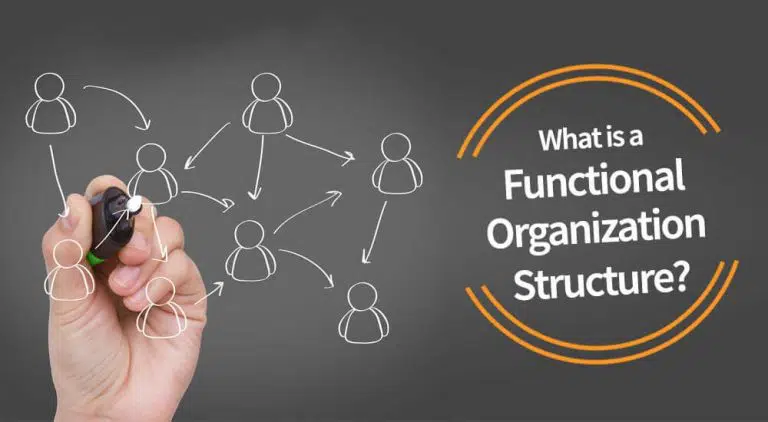
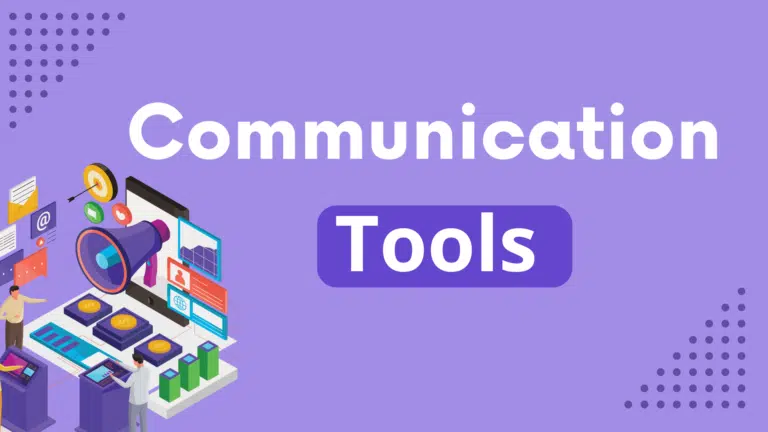
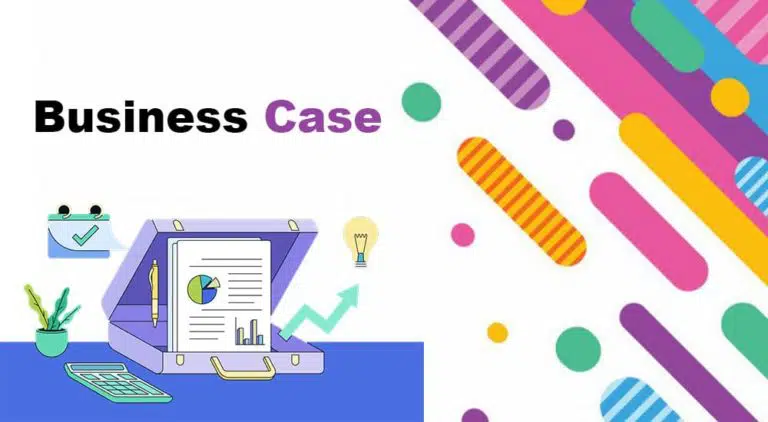
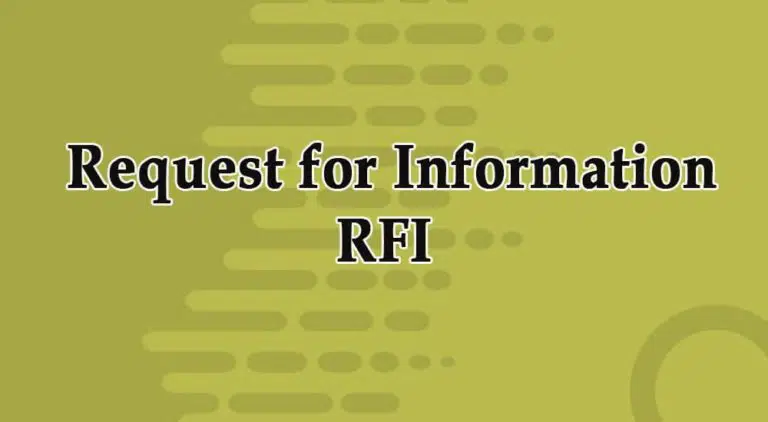
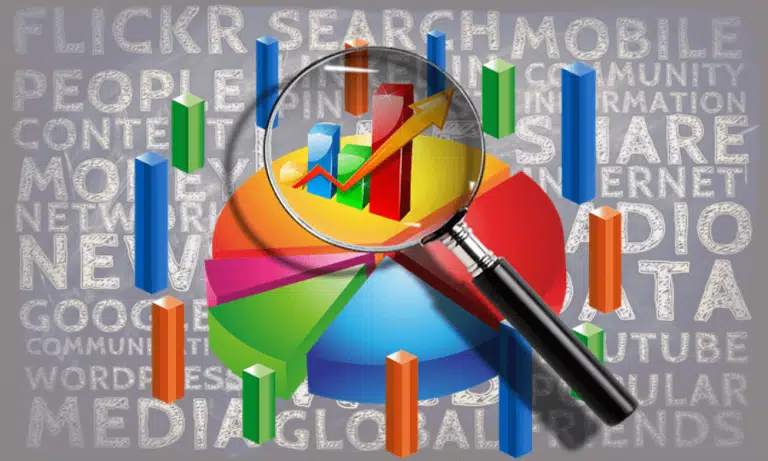
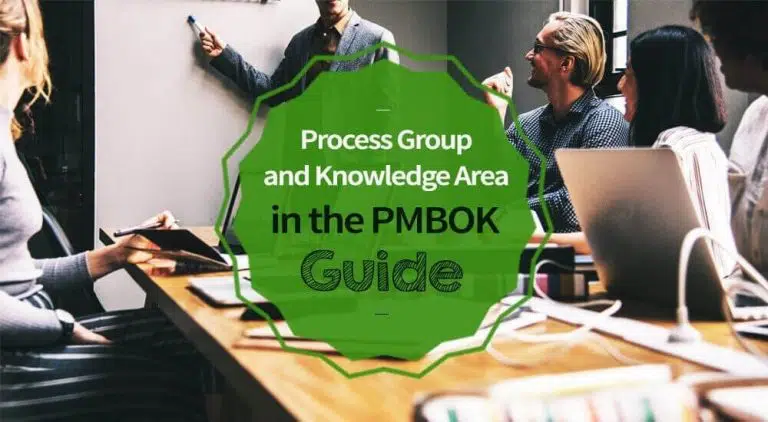
thank you for share us this information. I think that we need to update the stakeholders during our projects according to the need of the project. there is to thought about the stages of the project.
Stakeholder identification is a continuous process, so you will always try to find them.
Steakholders analysis is an excellent Change Management tool.
Very good this article.
Thank you, Kellen, for your visit and leaving a comment.
Very educative piece!
Thank you Mwenyi.
Information was well but you could have at least summarize the process of identification
Good suggestion Titus.
I will do it when I will update this post.
Thanks for this wonderful blog post.
What should be done first when the following happen:You are in the planning process of your project and the sponsor calls that you should include one of the stakeholders as an approving authority:
A. Meet the stakeholder and discuss scope baseline
B. Meet the stakeholder and understand his needs and expectations
C.Update the scope management plan
D. Update the stakeholder register
I will choose A as my answer. Meet the stakeholder and discuss scope baseline
reasons for not choosing D, the stakeholder register is the outcome of identify stakeholder process and is not at a planning phase.
reason for not choosing B, this falls under the tools and technique when classifying the stakeholders.
reason for not choosing C, The scope management plan is updated when all amendment on the scope baseline is finished. or u complete the scope baseline first then you update scope management plan.
can u please explain about stakeholder identification templates?
This is a pre formatted template, where you have to fill the information.
Thank you very much for this post! I know it was written many year ago, but it still serves as pertinent information in 2018. Thank you very much. How can I contact you personally?
Fundamentals are still the same.
You can send me email at [email protected]
Very well written, easy to understand. Thank you
You are welcome Abhi.
Thank you very much Fahad!!
You are welcome Mulu.
hi MR USMANI i need your held urgently plz send me a personal email to [email protected]
Check your email.
Hi Fahad,
Thank you so much for the explanation.
other question ; What is the difference between Customer and stakeholder?
Customer is also a stakeholder.
Thank you Fahad!
For example, Functional units in an organization who are doing independent quality assurance (verify quality standards) of the project are stakeholders of the project. Are they also customers?
thank you!
Mulu
Every one having anykind of interest are stakeholders. They are working for the product, they are stakeholders.
Customer is some one using the product, not the one who is developing it.
Thanks very much for the explanation on stakeholders. I have understood how to identify stakeholders of my project.
You are welcome Jennifer.
Hello Fahad, Thanks for sharing valuable information. I just wanted to learn more about the negative stakeholders. Can you explain difference between external and negative stakeholders? Competitors will be neagtive stakeholders. right ?
This blog post explains the internal and external stakeholders:
https://pmstudycircle.com/2012/03/stakeholders-in-project-management-definition-and-types/
Regarding the competitor: they are not negative stakeholders. A negative stakeholder is one who does not want you succeed but you have to get him along. You have to involve him, satisfy him, and fulfill his requirements.
On the other hand, you are not going to satisfy your competitor’s need,and you will not involve him. You never manage your competitor.
Hope is helps.
Thanks a lot fahad for replying my question. It is very helpful for my college assignments.. you explained in detail. Thanks again.
You’re welcome Rajni.
Dear Fahad , It is good and informative material, my understanding regarding stakeholder improve. thanks
You are welcome Sultan.
I really do not understand PMBOK.
Read any good reference book then go for the PMBOK guide.
Thanks Fahad. The blog is concise, spot-on and crystal clear.
Thanks Ajay…
Hello Fahad, thanks as always for your valuable website that I keep referring to.
However I believe I’ve noticed a very small mistake in this page:
“Brainstorming sessions with team members and experts can squeeze more stakeholders”
should, I believe, read
“Brainstorming sessions with team members and experts can quiz more stakeholders”
In brainstorming, you ask attendees to provide you the stakehoders. You continuously push them…
This will squeeze more stakeholders.
In brainstorming, you try extract as many stakeholders as you can. You do not quiz stakeholders here.
nice one. Thanks Fahad.
Concise and spot on. Many thanks Fahad for your contribution towards quality learning in this subject area. Keep up the good work.
Thank you Ola for your comment!